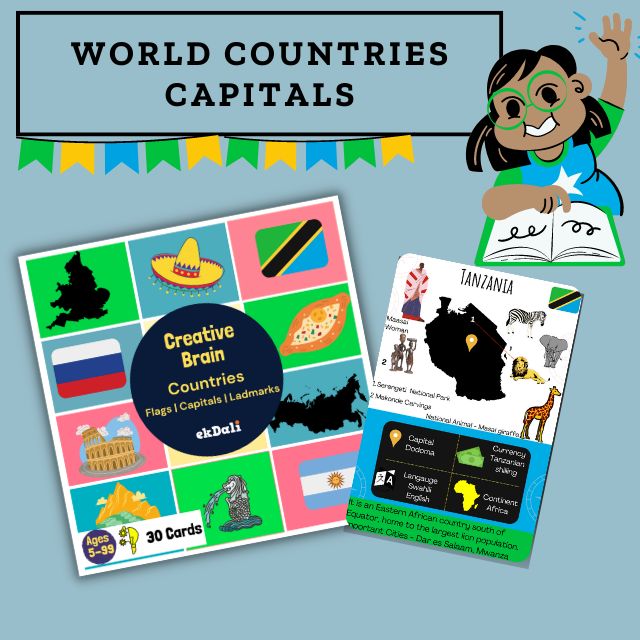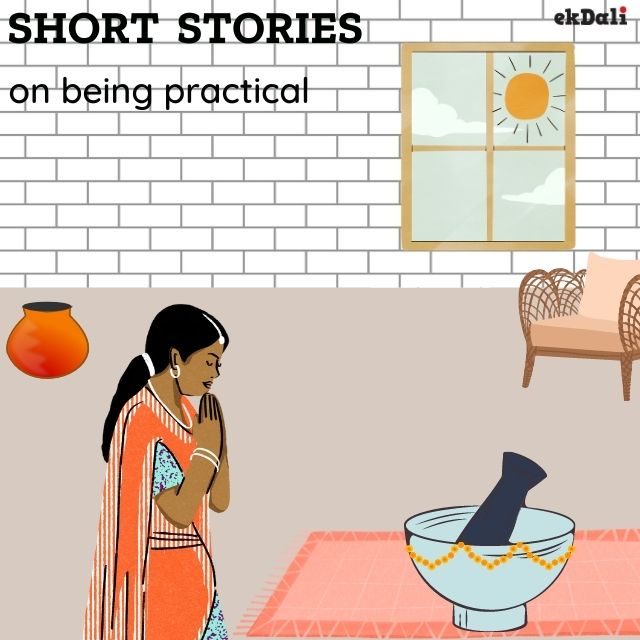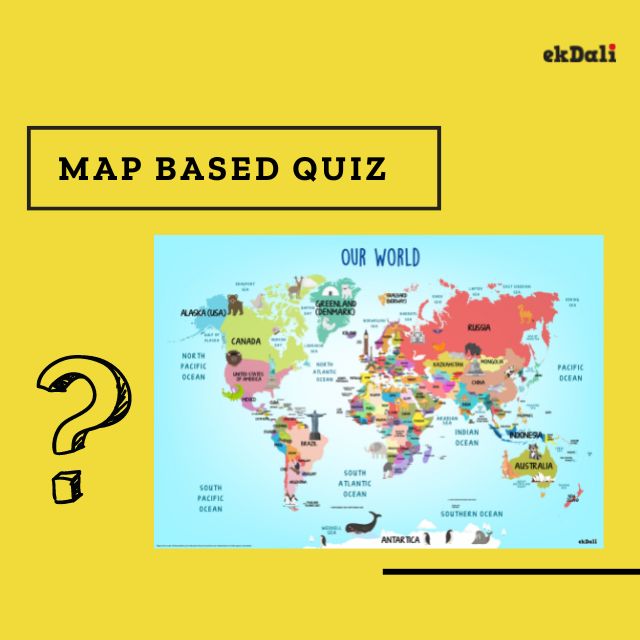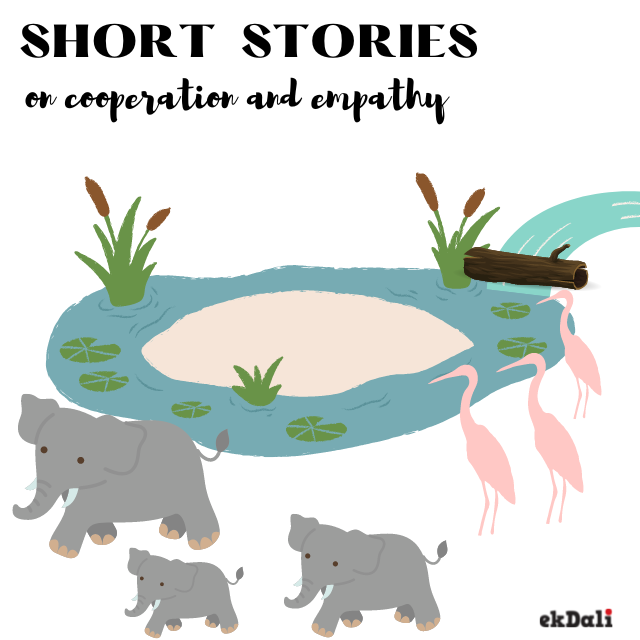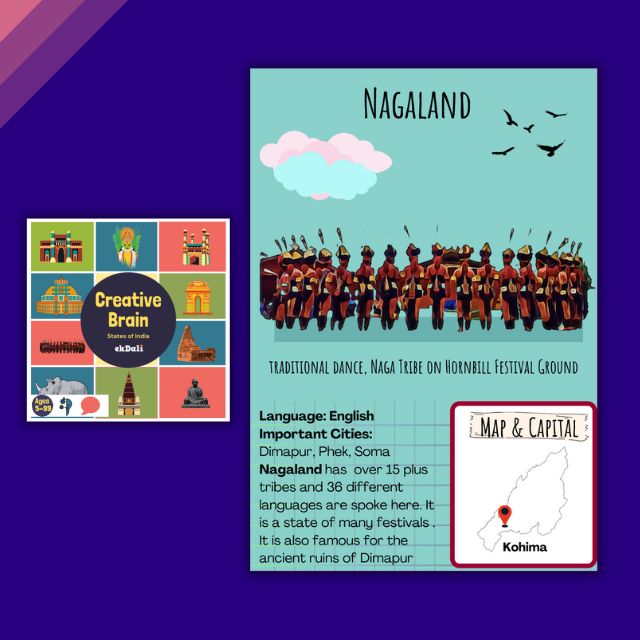The picture contains the Flashcard made for Nagaland. It is part of the Creative Brain India Flashcard Box
Nagaland is a landlocked state in the north-eastern region of India. It is bordered by the Indian states of Arunachal Pradesh to the north, Assam to the west, Manipur to the south and the Sagaing Region of Myanmar to the east. Its capital city is Kohima and its largest city is Dimapur. Nagaland has a high literacy rate of 80.1 percent. The majority of the population in the state speaks English, which is the official language of the state. The state offers technical and medical education.
Here are some other cool facts about the state of India,
Nagaland
The state has an area of 16,579 square kilometres (6,401 sq mi) with a population of 1,980,602 as per the 2011 Census of India, making it one of the smallest states in India. Nagaland became the 16th state of India on 1 December 1963. It is home to a rich variety of natural, cultural and environmental resources. In 1967, the Nagaland Assembly proclaimed Indian English as the official language of Nagaland and it is the medium for education in Nagaland. Other than English, Nagamese, a creole language based on Assamese, is widely spoken
Nagaland GEOGRAPHY
The Naga Hills rise from the Brahmaputra Valley in Assam to about 610 metres (2,000 ft) and rise further to the southeast, as high as 1,800 metres (6,000 ft). Mount Saramati at an elevation of 3,841 metres (12,602 ft) is the state's highest peak; this is where the Naga Hills merge with the Patkai Range in which form the boundary with Burma. Rivers such as the Doyang and Diphu to the north, the Barak River in the southwest, dissect the entire state.
nagaland ECONOMY
Agriculture and forestry contribute a majority of Nagaland's Gross Domestic Product. The state is rich in mineral resources such as coal, limestone, iron, nickel, cobalt, chromium, and marble. Nagaland has a recoverable reserve of limestone of 1,000 million tonnes plus a largely untapped resource of marble and handicraft stone.
Most of the state's population, about 68 percent, depends on rural cultivation. The main crops are rice, millet, maize, and pulses. Cash crops, like sugarcane and potato, are also grown in some parts.
NAGALAND Food
Nagaland is home to the Naga Morich or Raja Mircha (King Chilli), one of the hottest chilis in the world at 855,000 SHU on the Scoville scale. All the ethnic groups of Nagaland have their own cuisine, and they use a lot of meat, fish, and fermented products in their dishes. However, the state dish is smoked pork cooked with fermented soya bean. Naga dishes use a lot of locally grown herbs, ghost peppers, ginger, and garlic. Famous dishes include snails cooked with pork and silkworm larvae, which is an expensive delicacy of the state. Galho is a vegetarian porridge cooked with rice, leaves, and condiments.
CULTURAL NAGALAND
Tribe and clan traditions and loyalties play an important part in the life of Nagas. Weaving is a traditional art handed down through generations in Nagaland. Each Naga ethnic groups has unique designs and colours, producing shawls, shoulder bags, decorative spears, table mats, wood carvings, and bamboo works. Among many tribes, the design of the shawl denotes the social status of the wearer. The oral tradition is kept alive through folk tales and songs. Naga folk songs are both romantic and historical, with songs narrating entire stories of famous ancestors and incidents.
Nagaland Religion
The state's population is 1.978 million, out of which 88% are Christians
Some products in our portfolio that are related to this
India Map for Kids with monuments













